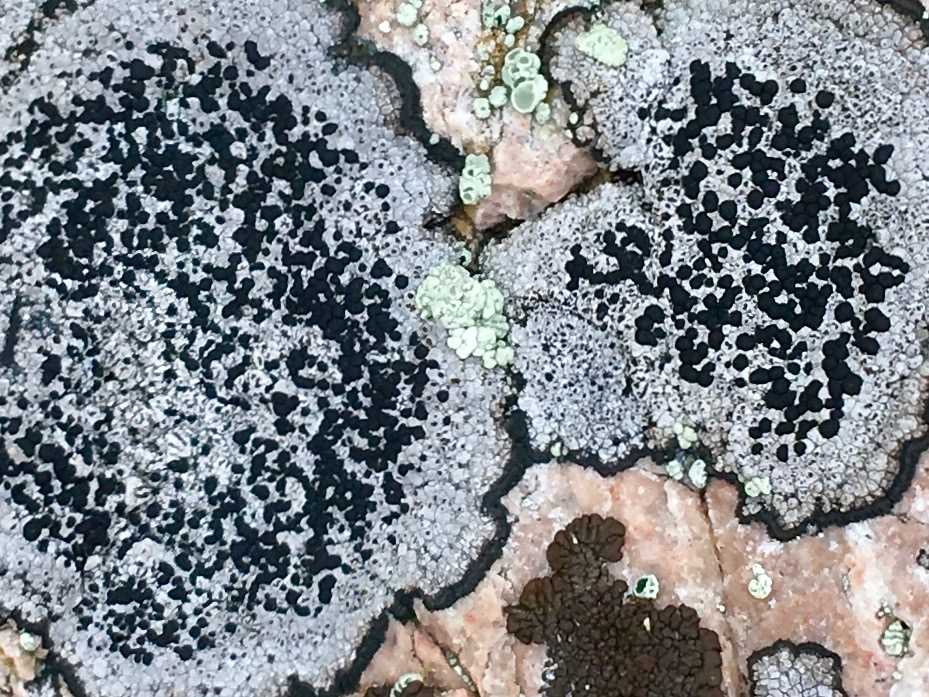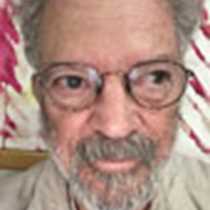This morning we visited an Antarctic museum!
Before breakfast we anchored at Goudier Island. Port Lockroy is a small, very protected bay between Goudier Island and Wiencke Island. A hundred years ago Port Lockroy was used by the whaling industry (1911 – 1931). There are many whale bones scattered about at nearby Jougla Point. In the shallow water of Port Lockroy the skeletons are more intact, giant vertebrae one after another, giving the appearance of a whale graveyard. Some of the skulls still have harpoon tips in them.
In 1944, the British established ‘Base A’ here, on Goudier Island, part of ‘Operation Tabarin’ when a web of stations were built on the Antarctic Peninsula to discover and observe wartime enemy activities. After WWII the building, Bransfield House, was turned over to the British Antarctic Survey as a research station, which was operated with distinction until 1962.
In 1995 the site was declared an Antarctic Historic Site and Monument (HSM, No 61) and during the summer of 1996 the base was restored. In 2006 the United Kingdom Antarctic Heritage Trust took over the base, which is seasonally manned or more recently, womanned!
Unless, blocked by ice, everyday one or two ships make visits to Port Lockroy for the museum, gift shop, post office and Gentoo penguins. We stopped by early so the women from the station could have a hot shower and some shipboard breakfast. We even gave them a cheeseburger and fries as a carryout lunch. They gave us a presentation on the history of Port Lockroy and the Bransfield House.
In the afternoon we make another continental landing, this time at Neko Harbour in Andvord Bay. This a very beautiful site with an active tidewater glacier and Gentoo penguins. For working off the caloric content of a cheeseburger and fries, there is a hike up a snow trail to a rocky view point… well worth the effort: ice, water, glaciers and snow and if you look straight down there are a multitude of crustose lichens on the smooth rocks. One of the species, a yellow and black lichen, is a star, an astrolichennaut. It was a member of this species that was sent up in a Russian space vehicle, exposed to the vacuum of space and returned to Earth none the worse, amazing creatures.







